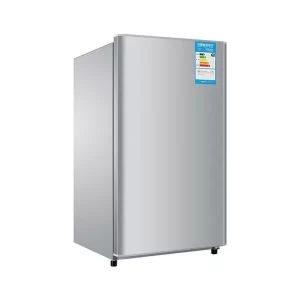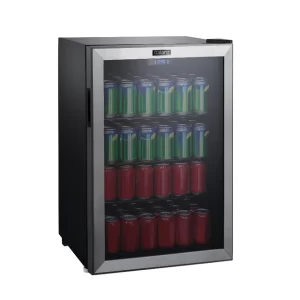What is the best way to transport a refrigerator?
Introduction:
Transporting a refrigerator can be a challenging task that requires careful planning and execution to ensure its safe arrival at the new location.
This article provides a comprehensive guide on the best way to transport a refrigerator, offering step-by-step instructions and important considerations to minimize the risk of damage during the moving process.

What is the best way to transport a refrigerator?
Preparation for Transportation:
Before moving the refrigerator, it is essential to prepare it adequately. Start by emptying the contents, including all food items, shelves, and drawers.
Clean the interior and exterior of the refrigerator, ensuring there are no spills or debris that could cause damage during transportation.
Unplug the refrigerator from the power source and allow it to defrost if necessary. Drain the water from the ice maker and any water lines to prevent leaks.
Gather Necessary Supplies:
To transport a refrigerator safely, gather the necessary supplies to secure and protect it during the move. These supplies may include:
Moving blankets or thick blankets to provide cushioning and protection.
Straps or bungee cords to secure the refrigerator in place.
Moving dolly or hand truck to assist with lifting and maneuvering the refrigerator.
Packing tape to secure doors, drawers, and any loose parts.
Bubble wrap or foam padding to provide additional protection for delicate areas.
Measure Doorways and Pathways:
Measure the doorways, hallways, and stairways in both the old and new locations to ensure the refrigerator can pass through without any issues.
Compare the measurements with the dimensions of the refrigerator to determine if any adjustments or disassembly are necessary.
If the refrigerator cannot fit through the available pathways, consider alternative routes or removing doors, if feasible, to facilitate the moving process.
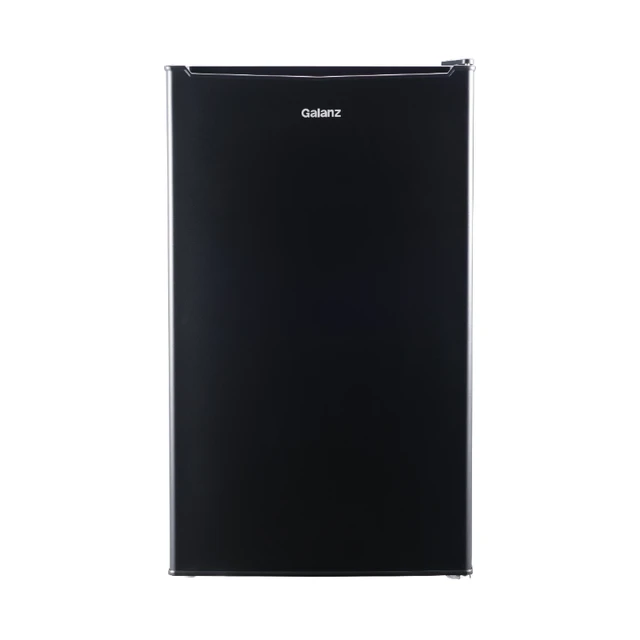
Secure Moving Straps or Harness:
Using moving straps or a harness is an effective way to secure the refrigerator during transportation.
Wrap the straps or harness around the refrigerator, ensuring they are snug but not too tight to avoid damaging the appliance.
The straps should be positioned to hold the refrigerator securely in an upright position.
Use a Moving Dolly or Hand Truck:
A moving dolly or hand truck can greatly assist in moving the refrigerator, especially when navigating stairs or uneven surfaces.
Tilt the refrigerator slightly and slide the dolly or hand truck underneath, ensuring it is centered and aligned with the weight distribution.
Use the dolly’s straps or handles to secure the refrigerator in place before starting the movement.
Protect the Exterior:
To prevent scratches or damage to the exterior of the refrigerator during transportation, wrap it with moving blankets or thick blankets.
Secure the blankets in place using packing tape or straps to ensure they do not shift or come loose during transit.、

Secure the Doors, Drawers, and Loose Parts:
Before moving the refrigerator, secure the doors, drawers, and any loose parts to prevent them from opening or falling off during transit.
Use packing tape to secure the doors and drawers, ensuring they remain closed and do not swing open.
If any parts can be removed, such as shelves or handles, wrap them individually in bubble wrap or foam padding and pack them separately.
Lift and Maneuver with Caution:
When lifting and maneuvering the refrigerator, use proper lifting techniques to avoid strain or injury.
Bend your knees and lift with your legs, keeping your back straight.
Move slowly and carefully, taking small steps and avoiding sudden movements or jerks.
Loading and Securing in the Transport Vehicle:
When loading the refrigerator into the transport vehicle, position it in an upright position whenever possible.
Place the refrigerator against a sturdy wall or against other heavy items to prevent it from shifting during transit.
Use straps or bungee cords to secure the refrigerator to anchor points or tie-downs within the vehicle.
Ensure the refrigerator is stable and cannot move or tip over during transportation.
Careful Driving and Handling:
During transportation, drive carefully and avoid sudden stops or sharp turns that could cause the refrigerator to shift or topple.
Be cautious of road conditions and take extra care when driving over bumps or rough terrain.
If possible, avoid transporting the refrigerator during extreme weather conditions that could affect its performance or cause damage.
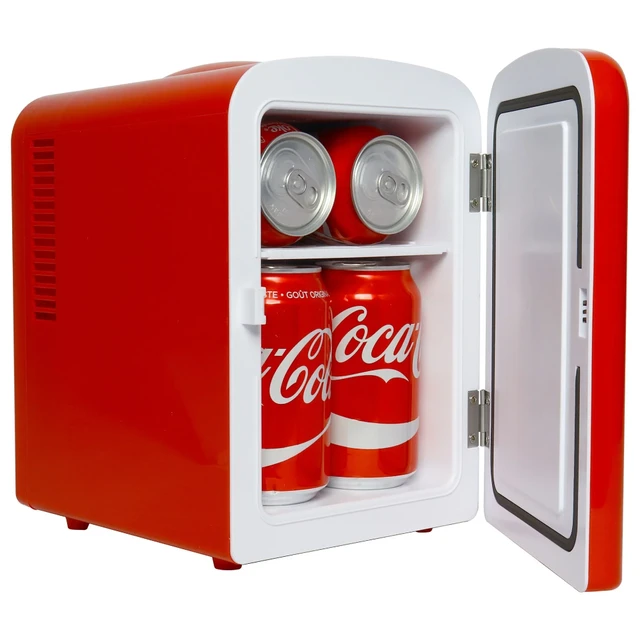
Unloading and Placement at the New Location:
When unloading the refrigerator, follow the same steps in reverse.
Carefully maneuver the refrigerator to its designated location in the new space, taking into consideration doorways and pathways.
Remove any straps, blankets, or protective coverings, and ensure the refrigerator is level and stable before plugging it back in.
Allow the Refrigerator to Settle:
Once the refrigerator is in its new location, allow it to settle for a few hours before turning it on.
This settling period allows the refrigerator’s internal components to adjust and prevents any potential damage caused by immediate operation.
Professional Movers:
If you are unsure about safely transporting a refrigerator, it is advisable to seek professional moving assistance.
Professional movers have experience in handling and transporting appliances, ensuring they are properly secured and protected during transit.
Insurance Coverage:
Consider obtaining insurance coverage for your refrigerator during the transportation process.
Check with your moving company or insurance provider to see if your existing policy covers any potential damages or if additional coverage can be added.
Insurance coverage provides peace of mind in case of unforeseen incidents or accidents during transportation.
Post-Transportation Inspection:
After the refrigerator has been transported to its new location, perform a thorough inspection to ensure there is no damage.
Check for any dents, scratches, or leaks that may have occurred during the move.
If you notice any issues, document them with photographs and report them to the moving company or insurance provider, if applicable.
Proper Disposal of Old Refrigerators:
If you are transporting a new refrigerator and need to dispose of the old one, it is important to follow proper disposal procedures.
Many communities have specific guidelines for disposing of refrigerators due to their environmental impact.
Contact local waste management services or recycling centers for information on how to properly dispose of your old refrigerator.
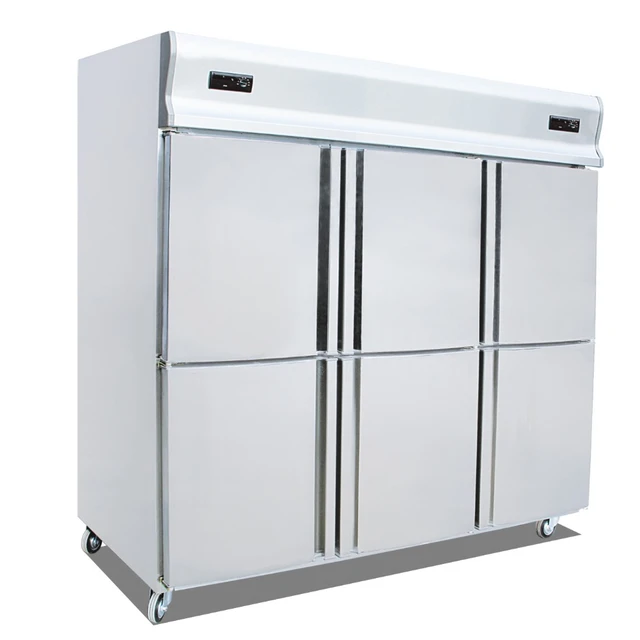
Conclusion:
Transporting a refrigerator requires careful preparation, securing, and handling to minimize the risk of damage.
By following the steps outlined in this guide and taking necessary precautions, you can ensure a safe and successful move for your refrigerator.
Remember to measure doorways and pathways, secure the refrigerator with straps or harness, use a moving dolly or hand truck, protect the exterior, and secure doors, drawers, and loose parts.
Always lift and maneuver with caution, load and secure the refrigerator in the transport vehicle properly, drive carefully, and handle the unloading and placement process with care.
Seek professional assistance if needed, especially if you are uncertain about the proper techniques or lack the necessary equipment.
